Listen above or: iTunes / Spotify (Tap the subscribe button – it’s free and keeps you updated!)
Today’s Guest
Dr. Judy Morgan:
I’m so excited to introduce to you today’s guest, Dr. Judy Jasek, an incredibly seasoned integrative pet care provider who focuses her work on natural and safe approaches to animal care.
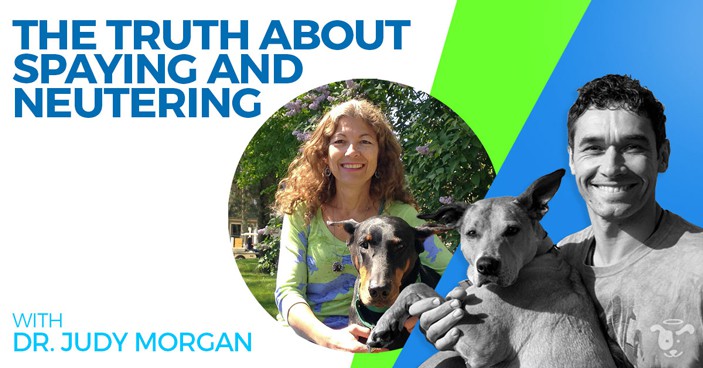
Dr. Judy has had an incredible career and was voted 2018 Woman of the Year in the Pet Industry, 2019 Pet Age Woman of Influence, 2019 International Association of Top Professionals Veterinarian of the Year and IAOTP 2020 Woman of Influence. She's an internationally renowned speaker and best selling author of four books on holistic pet care and dog nutrition and has been featured on hundreds of radio and television shows worldwide, using traditional Chinese medicine food therapy.
All of this being said, the thing I admire most about Dr. Judy is her willingness to shift her approach to animal care as new research becomes available to ensure not only her pets, but her clients' pets, can live the longest healthiest lives possible.
If you’re curious about the topic of spaying and neutering and want to learn more about what you can do to give your pup the best shot at a healthy life, be sure to tune into my latest podcast!
You’ll Hear About
- [01:00] Who is Dr. Judy Morgan
- [05:00] Dr. Judy’s Personal History with Spaying and Neutering Dogs
- [06:45] A Dramatic Change in Spay and Neuter Best Practices
- [08:00] The Overpopulated Shelter Epidemic
- [10:00] The Effects of Spaying/Neutering Too Early on Large Dogs
- [15:30] The Effects of Spaying/Neutering Too Early on Small Dogs
- [16:15] Shocking Facts Regarding Cancer, Arthritis, and Other Issues
- [18:30] Dr. Judy’s Educated Approach to Spay and Neuter
- [21:00] Intact Males and Marking
- [24:00] Intact Dogs and Aggression
- [29:00] Raw Foods Impact on Health and Behavior
- [32:00] Spay/Neuter and the Endocrine System
- [36:00] Learn More About Dr. Judy’s Best Practices
How You Can Get Involved
Want to learn more about keeping your dog in the best health? Study with Dr. Judy Morgan: https://www.drjudyu.com.
… and of course, if you’re thinking of having your dog spayed or neutered, consider waiting until they’re fully grown to make sure those growth plates have closed. Research your dog’s breed to find out when their primary growth period has finished, and be a responsible dog owner – be sure to prevent any unplanned litters. Having said this, everyone’s situation is different. Weigh up whether you can manage an in-tact dog when making this decision.
Links & Resources
- Website: https://drjudymorgan.com
- Study with Dr. Judy Morgan: https://www.drjudyu.com
- Facebook: https://www.facebook.com/judymorgandvm
- Instagram: https://www.instagram.com/DrJudyMorgan
- Twitter: https://www.twitter.com/integratedpets
- YouTube: https://www.youtube.com/DrJudyMorgan
Learn more by tuning into the podcast!
Thanks for listening—and again, don’t forget to subscribe to the show on iTunes / Spotify to get automatic updates.
Cheers,

~Doggy Dan




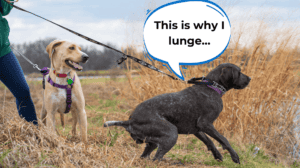

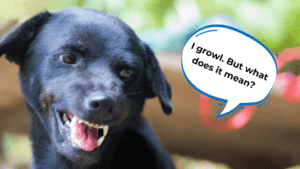


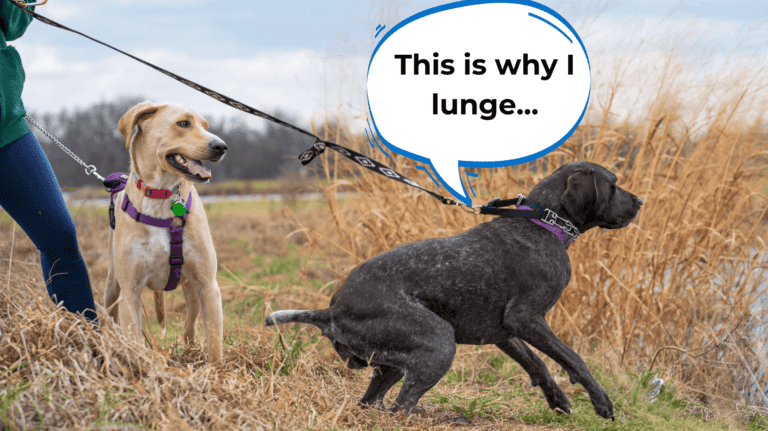

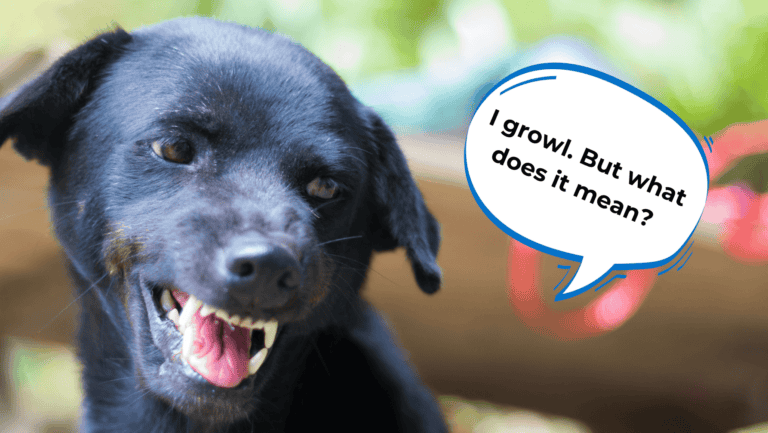

2 Responses
Our newest pup is now going on 8 months she was on the streets got some time.. she foraged for food and drank dirty water.. the vet has gotten rid of her parasites and she needs house breaking and training.. she gets along with our other 3 dogs .. she is different from the others (all rescues) but is very loving.. she has grown 6 to 8 inches in the two months since she joined us.. I’m on a fixed income but my furry family would eat before me if that ever happened
Thanks for sharing your dog’s story….and what a lucky dog she is! No doubt she is very independent but building a trusting bond with her will see her progress in leaps and bounds. My methods are all about teaching humans the ‘language’ of their dogs, so that they can understand their dogs better….and allow them to lead a truly happy and stress-free life. All the Best on your journey together! Doggy Dan